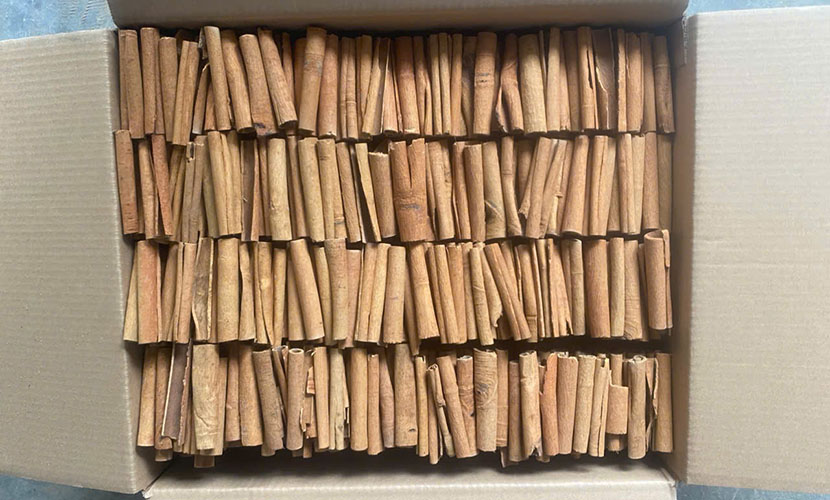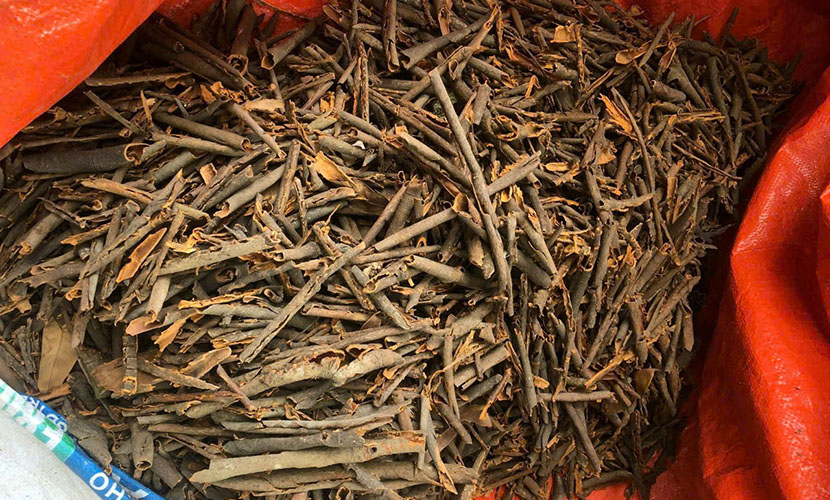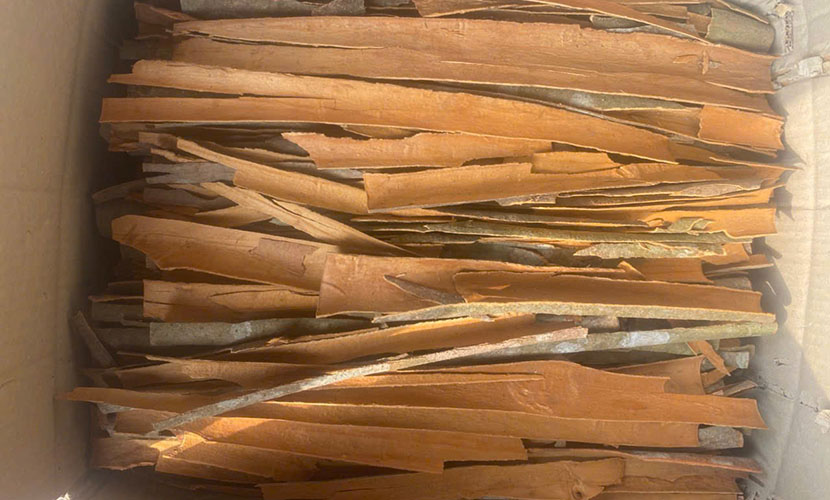
Vietnam has long been known as one of the “powerhouses” in cassia production and export. In which, India remains the main consumer market for Saigon cassia.
According to preliminary statistics from the Vietnam Pepper and Spice Association (VPSA), Vietnam’s cinnamon exports in January 2025 earned $20.1 million with 7,329 tons. Compared to December 2024, export volume decreased by 23.7%, but increased by 13.6% compared to the same period last year.

Saigon cassia sticks
Saigon cassia is polular in various markets such as the US, EU, China, and India. Among these, India remains the dominant market for Saigon cassia. Vietnam’s cinnamon is popular in India due to its high essential oil content and distinct flavor.
Especially, with its large population, India has a high demand for cinnamon, star anise, and medicinal herbs. Therefore, it is one of the most potential markets for Vietnamese cinnamon.
On the other hand, in January 2025, Vietnam imported 239 tons of cinnamon, with a turnover of $500 thousand. Compared to December 2024, imports decreased by 38.2%. Among the suppliers, Indonesia was the largest source of cinnamon for Vietnam, accounting for 69%, or 165 tons.

Saigon broken cassia
According to statistics, Vietnam currently has up to 180,000 hectares in the northern mountainous provinces. The Vietnam’s cinnamon barks estimate around 900,000 to 1,200,000 tons. It has an average annual harvest of 70,000 to 80,000 tons.
Yen Bai is the province that has the largest cultivation area and cinnamon bark output in the country. Specifically, the production from the four districts of Van Yen, Van Chan, Van Ban, and Tran Yen accounts for 70% of the entire Yen Bai cinnamon-growing area. Notable cinnamon-growing areas in Yen Bai include Dai Son, Vien Son, Xuan Tam, Phong Du, and Chau Que.
In addition to Vietnam, cinnamon is also grown in China (Casia variety), Indonesia (Casia variety), Madagascar, and Sri Lanka (Ceylon variety). Among the 300 cinnamon species worldwide, the four most commonly traded on international markets are: Saigon cinnamon (Vietnamese cinnamon), Chinese cinnamon, Cinnamomum cassia, and Ceylon cinnamon.

Saigon cassia packing
Vietnam has a large cinnamon cultivation area, abundant reserves, stable annual production, and consistent export growth. However, Vietnamese cinnamon has yet to establish a strong brand on the international market.
Moreover, to meet the strict standards of demanding markets, many domestic companies are forced to import cinnamon from countries with certified production processes. These markets particularly require purity and essential oil content.

Saigon split cassia
Additionally, importing cinnamon allows Vietnamese spice companies to diversify their supply sources, reduce risks, and ensure stable production. Several companies import cinnamon for further processing, creating higher value-added products and enhancing their competitive advantage.
To enhance the position of Saigon cassia in the international market, close cooperation is neccessary between governmental agencies, businesses, and farmers. At the same time, investing in research, development, and the application of modern technology in cinnamon production is also essential. Specifically, building a brand for Saigon cassia will not only increase export value but also help raise the profile of Vietnamese agricultural products in the global market.
Vietnamese sources: https://doanhnghieptiepthi.vn/an-do-la-thi-truong-xuat-khau-chinh-cua-que-viet-nam-161250221163239381.htm
